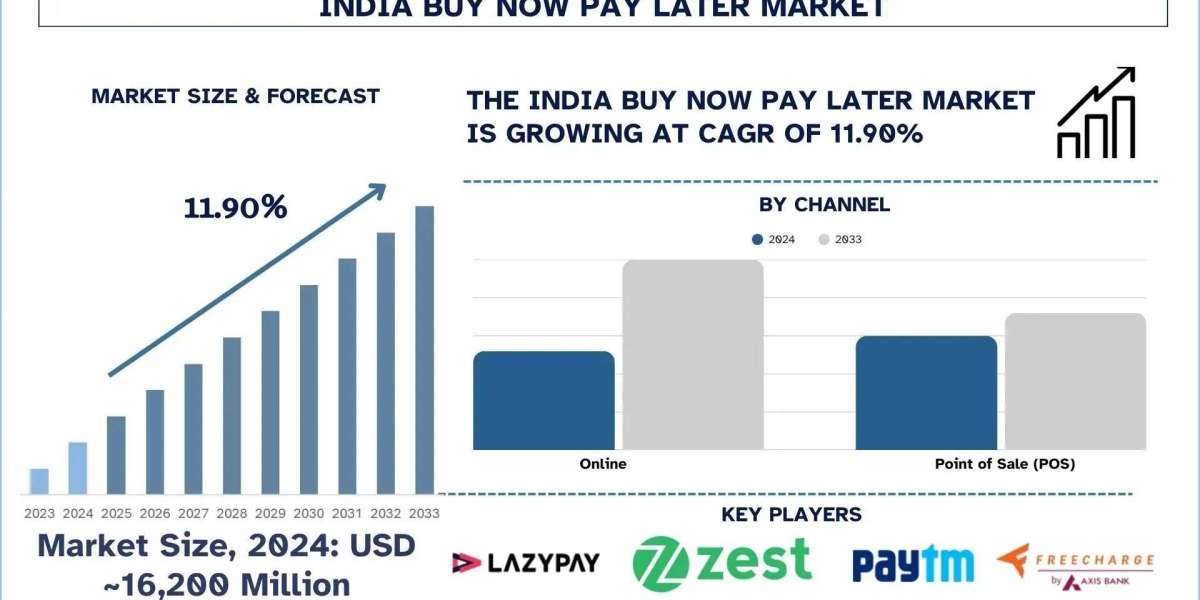Prior authorization (PA) has long been a critical, albeit controversial, component of the U.S. healthcare system. It’s intended to control costs, ensure appropriate care, and reduce unnecessary procedures. However, its administrative complexity and inefficiencies have often drawn criticism from providers and patients alike.
As we move deeper into 2025, the healthcare industry is witnessing a pivotal shift in how healthcare prior authorization services are approached, managed, and reformed. This article explores the future of prior authorization and the key trends that are poised to redefine its role in healthcare delivery.
1. Increased Automation and Artificial Intelligence (AI)
One of the most significant changes in prior authorization is the growing adoption of automation and AI. Traditionally, PA has involved tedious manual processes, requiring hours of phone calls, faxes, and form submissions. In 2025, advanced AI-driven systems are increasingly taking over these tasks, reducing administrative burdens and accelerating approvals.
AI algorithms can now interpret clinical data, match payer requirements, and even predict authorization outcomes. This not only speeds up the process but also reduces human error. Additionally, robotic process automation (RPA) is being used to automate repetitive tasks such as data entry, status checks, and document submission, enabling staff to focus on more complex responsibilities.
2. Interoperability and Real-Time Data Exchange
The introduction of the CMS Interoperability and Prior Authorization Final Rule (CMS-0057-F) is a game-changer. Effective in 2026, this rule requires certain payers to implement standardized, FHIR-based APIs to enable real-time electronic prior authorization (ePA) requests and responses.
This means providers will be able to submit PA requests directly from their electronic health record (EHR) systems and receive decisions almost instantaneously. The shift toward real-time data exchange ensures that clinicians have the most current information at the point of care, improving decision-making and reducing delays in treatment.
3. Legislative and Regulatory Reforms
Amid growing concerns about patient access and provider burnout, federal and state lawmakers are pushing for reforms that simplify and streamline the prior authorization process. In 2025, several states have enacted laws to enforce transparency in payer requirements, set maximum turnaround times for PA decisions, and allow exemptions for providers with high approval rates.
At the federal level, the Improving Seniors’ Timely Access to Care Act is gaining renewed momentum, aiming to standardize and regulate PA in Medicare Advantage plans. These legislative efforts underscore the increasing recognition of PA's impact on healthcare efficiency and patient outcomes.
4. Shift Toward Value-Based Care Models
Value-based care (VBC) emphasizes outcomes over volume. As healthcare providers transition to these models, there’s a growing consensus that traditional prior authorization mechanisms are misaligned with value-based goals.
In response, payers and providers are exploring alternative approaches such as gold-carding—where providers with a history of PA approvals are exempt from future requests. This trust-based model reduces administrative friction and aligns incentives for quality care delivery.
Additionally, bundled payments and capitated contracts are reducing the need for service-level authorization, further streamlining the care delivery process.
5. Patient-Centric Prior Authorization Processes
Another emerging trend is the focus on improving the patient experience throughout the PA journey. Delays and denials can lead to frustration, anxiety, and worse health outcomes. In 2025, forward-thinking organizations are investing in technologies and services that keep patients informed and engaged.
Mobile apps, SMS alerts, and patient portals now provide real-time updates on the status of authorization requests. These tools enhance transparency and allow patients to take a more active role in their healthcare. Moreover, virtual assistants and care coordinators are helping patients navigate the complexities of payer requirements and appeals.
6. Integration of Social Determinants of Health (SDoH)
As the industry moves toward more personalized care, there is growing recognition of the role social determinants of health play in treatment plans and outcomes. Advanced PA systems are beginning to incorporate SDoH data to better contextualize care requests.
For instance, if a patient faces transportation or housing challenges, PA platforms may flag these concerns and provide alternative treatment pathways that are more accessible. This integration supports holistic care and aligns with broader population health goals.
7. Data-Driven Decision Making and Predictive Analytics
The future of PA is increasingly data-driven. Healthcare organizations are leveraging big data and predictive analytics to optimize authorization workflows. These technologies help identify high-risk denials, forecast payer behavior, and streamline documentation.
By analyzing historical trends, providers can proactively tailor their PA submissions to meet payer criteria more effectively. Predictive models also allow providers to anticipate potential delays or denials, enabling faster course correction and fewer care interruptions.
8. Expansion of Electronic Prior Authorization (ePA) Adoption
Though ePA has been available for years, its adoption was slow due to technical and interoperability barriers. In 2025, thanks to regulatory mandates and better advancedmd EHR-payer integration, ePA is becoming the new standard.
Providers who implement ePA report reduced processing times, higher approval rates, and improved staff satisfaction. As systems become more intuitive and customizable, ePA is set to become a cornerstone of efficient healthcare administration.
9. Outsourcing and Specialized PA Services
To cope with rising volumes and complexity, many healthcare organizations are turning to third-party prior authorization service providers. These companies offer end-to-end management of the PA process, from eligibility verification to follow-up with payers.
Outsourcing reduces administrative workload, ensures compliance, and speeds up approval timelines. In 2025, specialized vendors are leveraging AI, clinical expertise, and payer-specific knowledge to deliver high-quality, scalable solutions.
10. Enhanced Collaboration Between Payers and Providers
The future of PA depends heavily on stronger payer-provider collaboration. Shared goals, open communication, and data transparency are driving new partnerships aimed at reducing friction and improving patient care.
Joint committees, feedback loops, and shared analytics platforms are enabling more nuanced policy-making and faster conflict resolution. As collaboration deepens, PA guidelines are expected to become more standardized, predictable, and equitable.
Conclusion
As we look beyond 2025, it's clear that the prior authorization landscape is undergoing a profound transformation. Automation, regulatory reform, patient engagement, and data intelligence are converging to create a more efficient and equitable process. While challenges remain, the trajectory is unmistakably forward-looking.
Healthcare organizations that embrace these trends will be better positioned to reduce administrative burdens, improve patient satisfaction, and optimize healthcare revenue cycle management. Prior authorization, once seen as a necessary obstacle, may soon evolve into a strategic asset in value-based, patient-centered care.







